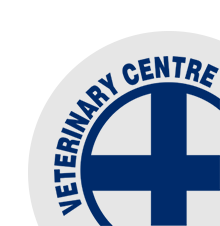Staph aureus is in 85% of herds – often causing minimal issues
/The latest DairyNZ mastitis fact sheet states that about 85% of herds will have some cows that are infected with Staph aureus. It goes on to say that Staph aureus accounts for about 10% of clinical mastitis cases but can be significantly more in an out-break situation.
There are options for screening your herd to find the Staph aureus cows, and either cull them or manage them in such a way as they don’t spread the infection.
Remember though, there are many herds out there where there is Staph aureus found in the Bulk Milk (we find it regularly in the Antibiogram tests, even in low BMSCC herds). Staph aureus in the Bulk Milk is not causing a significant issue, so before you decide to test and cull your way to being “Staph free” decide … do you have an issue and, what are the herds that have Staph but not an issue doing that you aren’t.
What is happening with infected herds that don’t have an issue, knowingly or unknowingly, is the cows are managed and that infection is not being spread from cow to cow, so the percentage of infected cows is low.
The main source of Staph aureus is infected milk from infected quarters, being transferred on liners or milker’s hands to uninfected cows. Effective practices to slow or prevent the spread of Staph aureus are:
• Having clean hands – this really means wearing gloves, wet gloves are cleaner than wet hands.
• Using teat-spray on every teat at every milking will reduce the spread by 50%.
• Have teats that are not cracked or have teat end lesions – these teats are harder to disinfect, and teat end lesion suggests there is over milking occurring or the vacuum is excessive, or the pulsation is incorrect, or the liners are well past their life expectancy.
• These farms usually have good records so when they have a cow that gets a repeat mastitis case, before treating for the 3rd or 4th time, they consider drying the quarter off, drying off the cow early, or even culling.
If your farm set up allows it, consider running the 3 titters, high SCC cows and cows that have been treated for mastitis in a mob that gets milked last – or at least not in the first herd – so any contaminated liners end up on less cows. If you are considering testing the whole herd for Staph please phone your prime vet at the Veterinary Centre. There are numerous options out there, each with their pros and cons.




